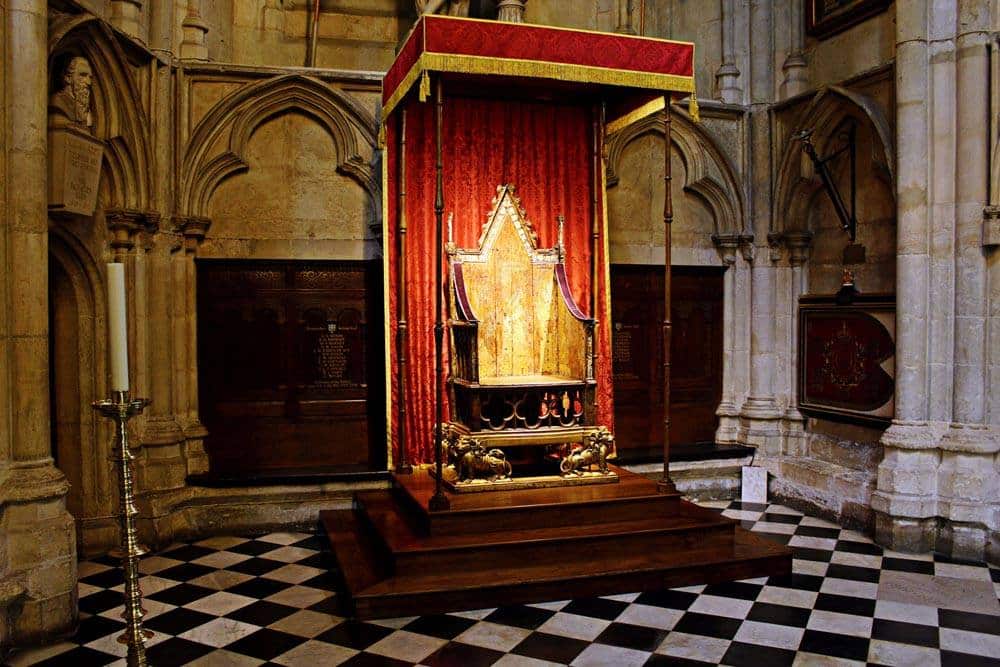Thirty-nine royal posteriors have graced the Coronation Chair in Westminster Abbey since it was made by order of King Edward 1 between 1300 and 1301.
On Saturday, May 6, King Charles III and Queen Consort Camilla will be crowned at Westminster Abbey as the world watches. The monarch ascends the throne following the death of his mother Queen Elizabeth II last September.
His coronation takes place more than 70 years after Elizabeth was crowned on June 2, 1953.
During the crowning and anointing parts of the ceremony, which are said to be the most sacred, King Charles will sit on the 700-year-old Coronation Chair.
The wood for the chair was cut from a pedunculate oak, Quercus robur, which means oak, and hardwood in Latin.
‘Relatives’ of this oak still thrive in the forest, many hundreds of years older than the ‘royal tree’ selected by Edward Longshanks more than 720 years ago for the Coronation Chair.
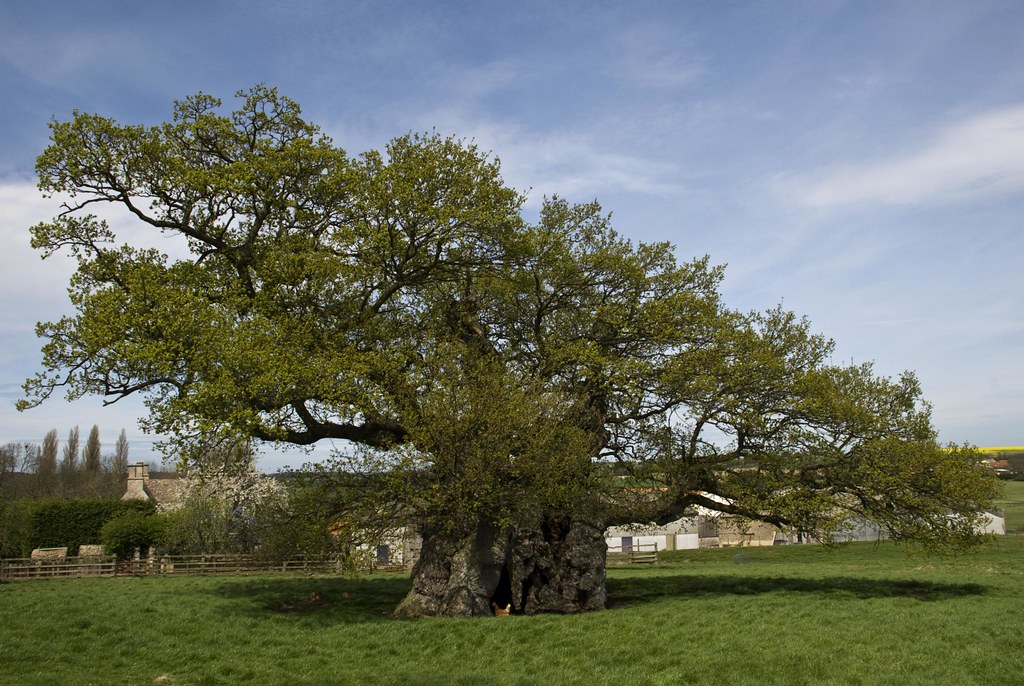
This oak is believed to have grown in medieval Manthorpe in Lincolnshire where England’s oldest oak tree, the Bowthorpe Oak, still grows after it was planted more than 1000 years ago. It has a circumference of 13 metres and has a hollow trunk.
The Coronation Chair and other royal furniture have been in the hands of royal restorers and gilders for months.
Conservator Krista Blessley, who has worked on the chair for months, says it is a “real privilege”.
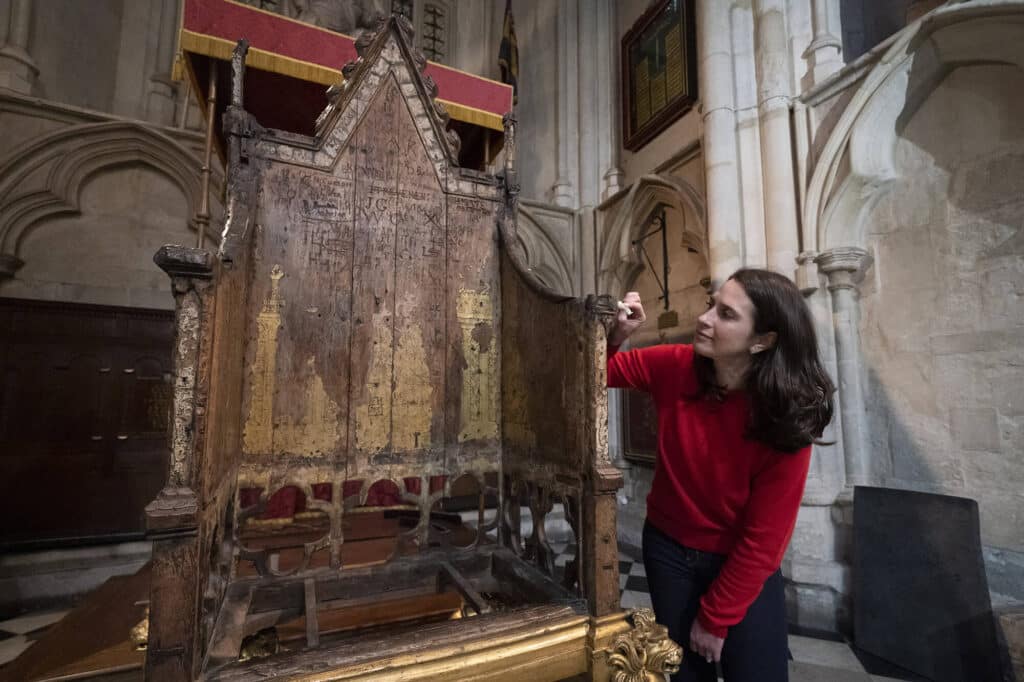
“It’s so important to our country’s history and the history of the monarchy, and it’s really unique as a conservator to work on something that’s part of a working collection and still used for the original function it was made.”
Gilded by Edward I’s master painter, the Coronation Chair’s original decorations included patterns of birds, foliage and animals. It was once covered in gold leaf, but much of this has worn away.
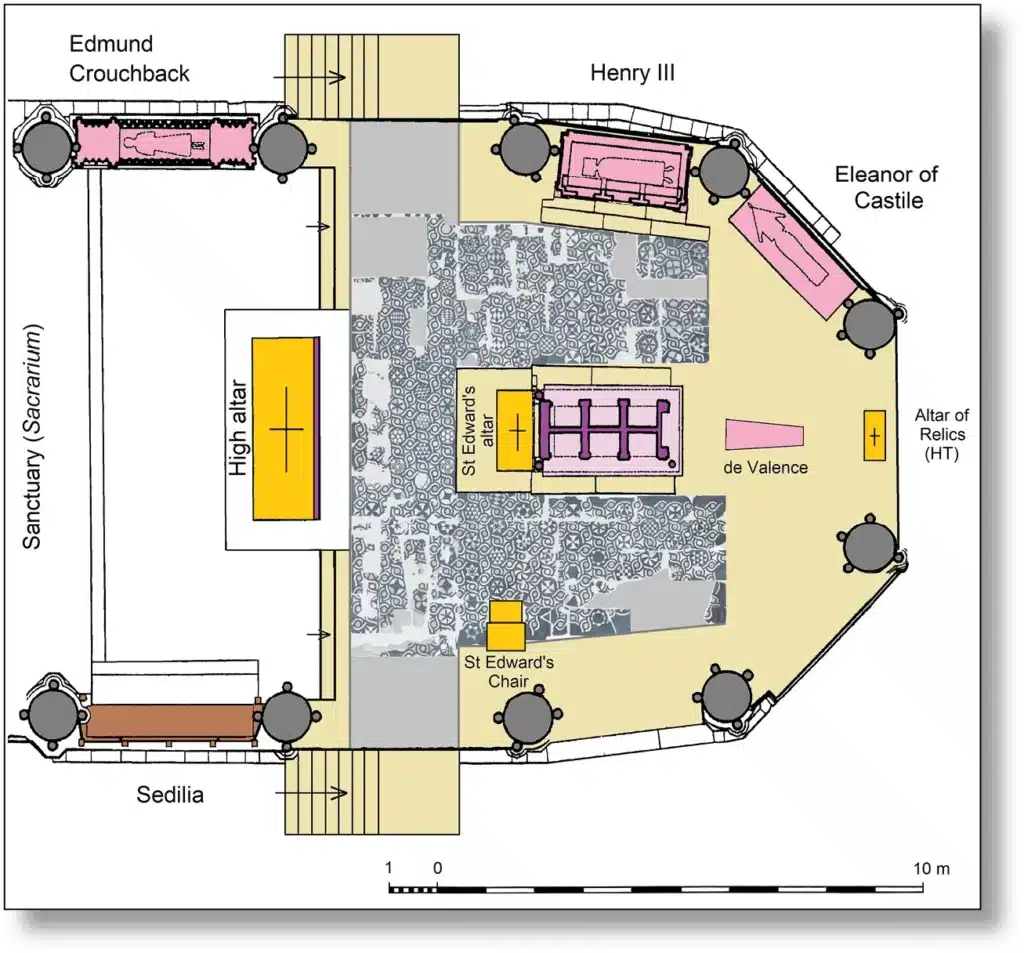
In 2010, a major project began to stabilise the gilding on the chair, which is checked every six months.
While analysing the chair, Krista Blessley found “previously undiscovered toes in the punch-work gilding on the back”, that may have been a figure.
“It might be they are figures of kings or it might be a figure of a saint because so much has been lost we can’t really tell at the moment, but I’ll do some further investigation,” she said.
The chair is covered in graffiti, much of it carved by Westminster schoolboys and visitors to Westminster Abbey during the 18th and 19th centuries, with one carving reading: “P. Abbott slept in this chair 5-6 July 1800,” on the seat.
Oak is the third most common broadleaf tree (after birch and hazel) and the most common tree species among open-grown trees in Great Britain.
There are around 121 million oak trees in UK woodlands and almost one million in London alone.
The UK has the largest area of ecologically important Atlantic oak woodlands covering 70,000 hectares. And it can take over 40 years for oaks to produce acorns.
The UK has more ancient native oak trees than all the other EU countries combined. More than 5000 oaks were used in building HMS Victory, Lord Nelson’s flagship at the Battle of Trafalgar in 1805.
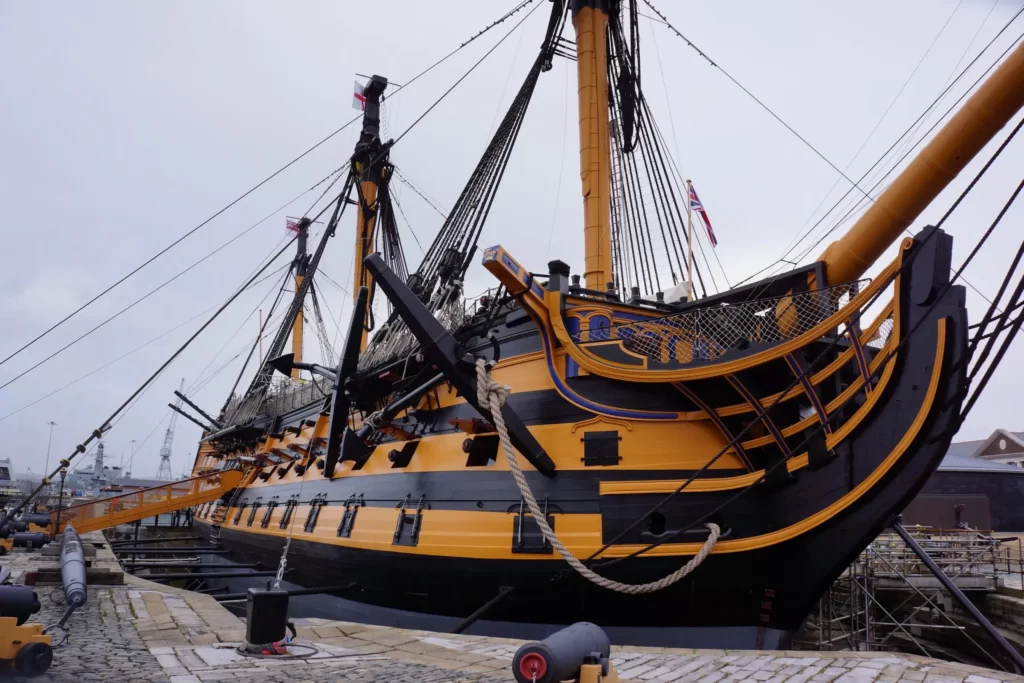
Being one of the hardest and most durable timbers, modern uses include flooring, wine barrels and building construction.
Oak trees are home for more than 2000 species of bird, mammal, fungi, invertebrate, bryophyte and lichens.
Meanwhile, Forestry England is leaving a lasting public legacy for people and nature by developing new ‘Coronation Woods’ to celebrate the coronation.
Alongside large-scale woodlands, funding will allow local communities to plant trees in the King’s honour.
As Prince of Wales, Charles always expressed a deep love and concern for England’s wildlife, natural and rural places, frequently reflecting on his love of walking through the forest, often with his mother, and its role in promoting a healthy mind and body.
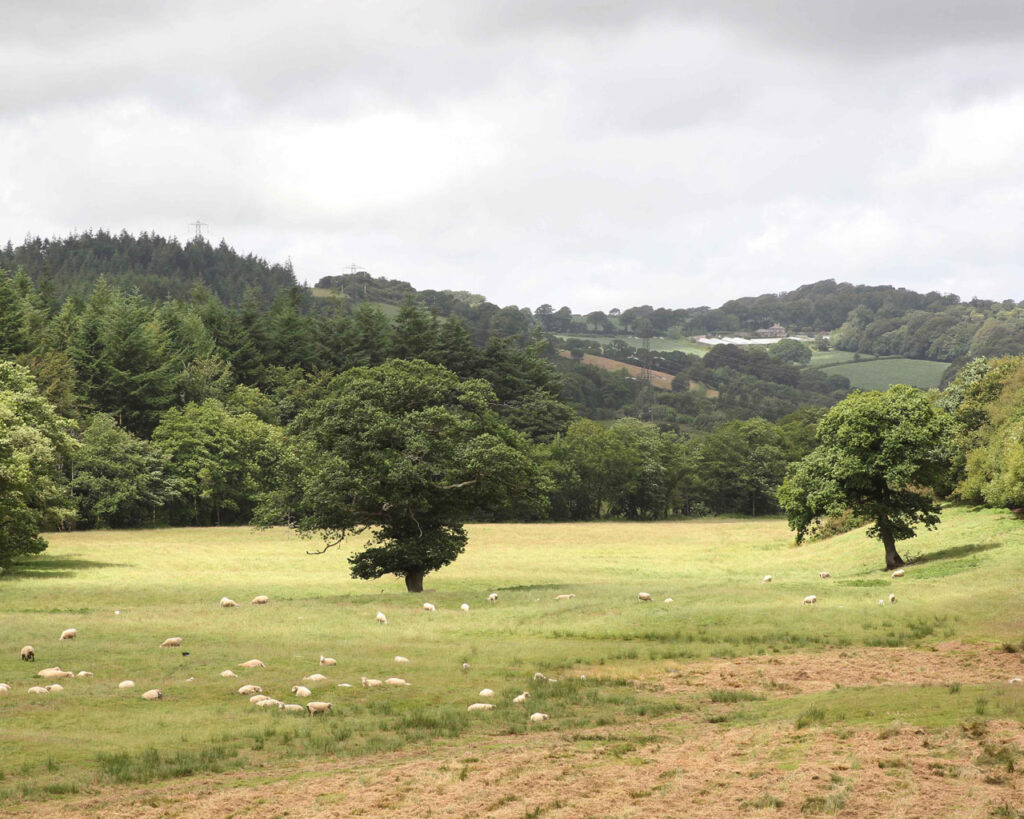
The plans will see the development of ‘Coronation Woods’, with Forestry England creating new woodland and planting trees between April 2023 and March 2025, specifically created to commemorate the Coronation of King Charles.
In addition, the UK Department for Environment, Food and Rural Affairs will provide up to $A3.5 million of funding for English communities to plant trees as a permanent reminder of the Coronation in their local areas.
- Editor’s note: Jim Bowden remembers listening on radio to the Coronation of Queen Elizabeth 11 on June 2, 1953, as a boy living in a migrant camp in Bathurst after arriving In Australia from England.




